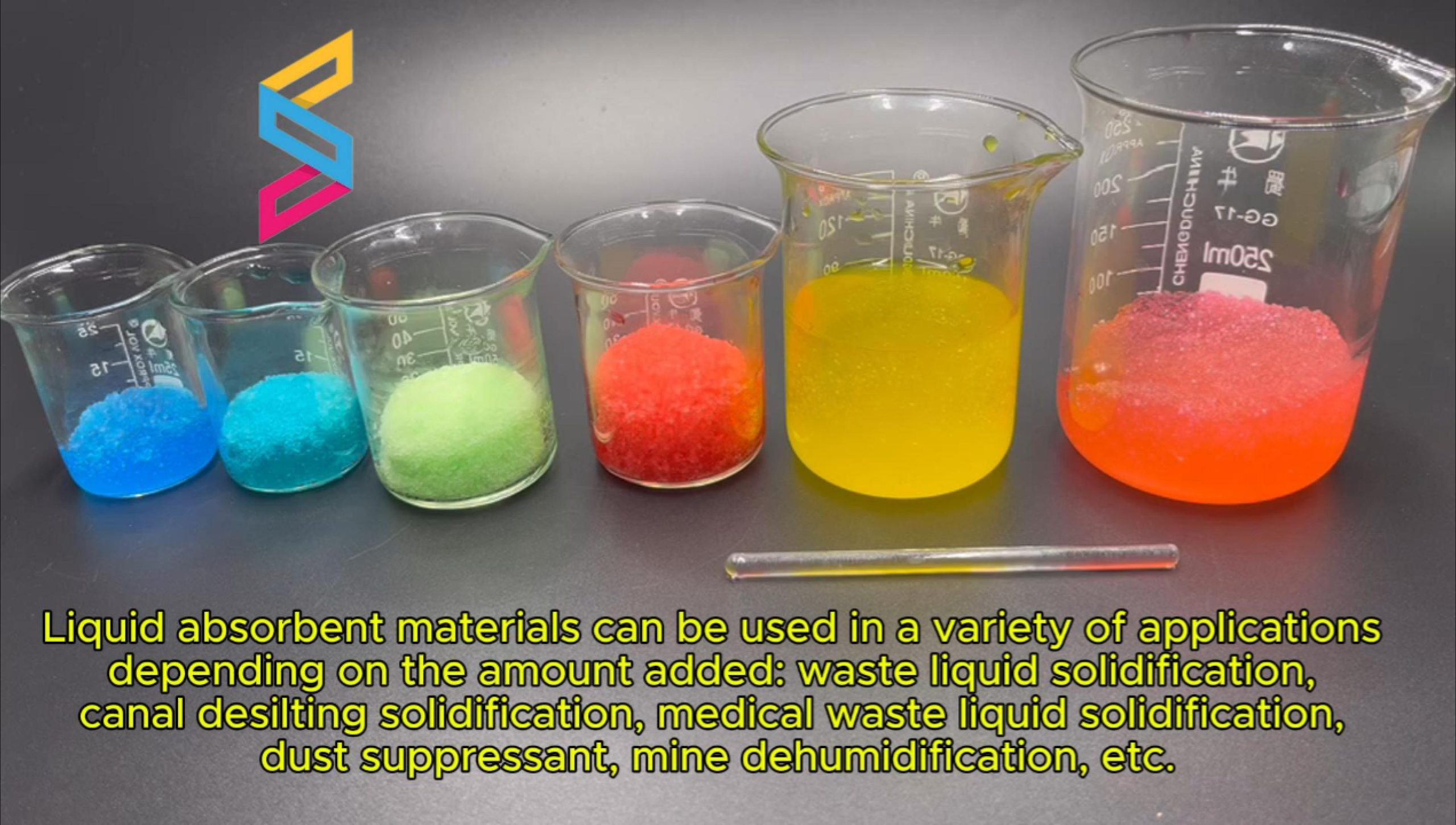Sodium polyacrylate is a powerful and versatile polymer used in a wide range of industries—from agriculture to cosmetics. Known for its remarkable water-absorbing capacity, this compound has become an essential component in modern technology and everyday products. In this blog, we’ll explore its applications, toxicity, form, and how it compares to similar substances like sodium polycarbonate.
What Is Sodium Polyacrylate?
Sodium polyacrylate is a superabsorbent polymer (SAP) that can absorb and retain water hundreds of times its own weight. It’s commonly used in products that need to manage or retain moisture efficiently.
-
Sodium polyacrylate formula: (C₃H₃NaO₂)ₙ
This is the polymerized form of sodium acrylate. -
Poly sodium acrylate is simply another name for sodium polyacrylate, highlighting its repeating polymer structure.

Applications of Sodium Polyacrylate
Sodium polyacrylate has found its way into many sectors due to its high absorbency and non-toxic properties:
-
Agriculture – Used as a soil conditioner and in water retention for crops.
-
Hygiene products – Found in baby diapers, adult incontinence products, and sanitary napkins.
-
Medical use – Used in wound dressings and cold/hot packs.
-
Construction – Acts as a thickener in construction materials and tunnel boring slurries.
-
Cosmetics – Plays a role in moisture retention in skin care products.
-
Industrial cleaning – Used in absorbent pads and spill control materials.
Is Sodium Polyacrylate Sticky?
This is a common question. In its dry sodium polyacrylate powder form, it is not sticky—rather, it is soft and grainy. When hydrated, it forms a gel-like substance that feels slick or jelly-like but is not typically “sticky” in the adhesive sense.
Sodium Polyacrylate in Skin Care
Thanks to its excellent moisture-retaining properties, sodium polyacrylate is used in various skin care products such as:
-
Lotions
-
Facial masks
-
Moisturizing creams
It helps maintain hydration by locking in water on the skin’s surface. However, it is typically used in very small, regulated amounts.
Polyacrylate Toxicity: Is Sodium Polyacrylate Toxic?
According to scientific literature, sodium polyacrylate is generally non-toxic when used as intended. It is not absorbed by the skin or body, and it is considered safe in personal care and hygiene products. However, inhaling its powder form may irritate the respiratory system, so handling precautions are recommended in industrial settings.
Sodium Polycarbonate vs. Sodium Polyacrylate
It’s important not to confuse sodium polyacrylate with sodium polycarbonate, as they are different materials:
-
Sodium polyacrylate: Water-absorbing polymer used in diapers, agriculture, and cosmetics.
-
Sodium polycarbonate: A less common compound, sometimes confused with polycarbonate plastics, with limited similar applications.
Summary: Why Sodium Polyacrylate Matters
| Feature | Description |
|---|---|
| Absorbency | Absorbs up to 300x its weight in water |
| Common Uses | Diapers, agriculture, cosmetics |
| Toxicity | Generally safe, non-toxic |
| Formula | (C₃H₃NaO₂)ₙ |
| Forms | Gel, powder |
| Skin Care Suitability | Used in moisturizers and masks |
Sodium polyacrylate is more than just a water-absorbing material—its broad spectrum of applications, safety profile, and efficiency make it a favorite in modern industrial and consumer goods.
Looking for high-quality sodium polyacrylate powder for your business or project? Contact us today to learn more or request a sample.

